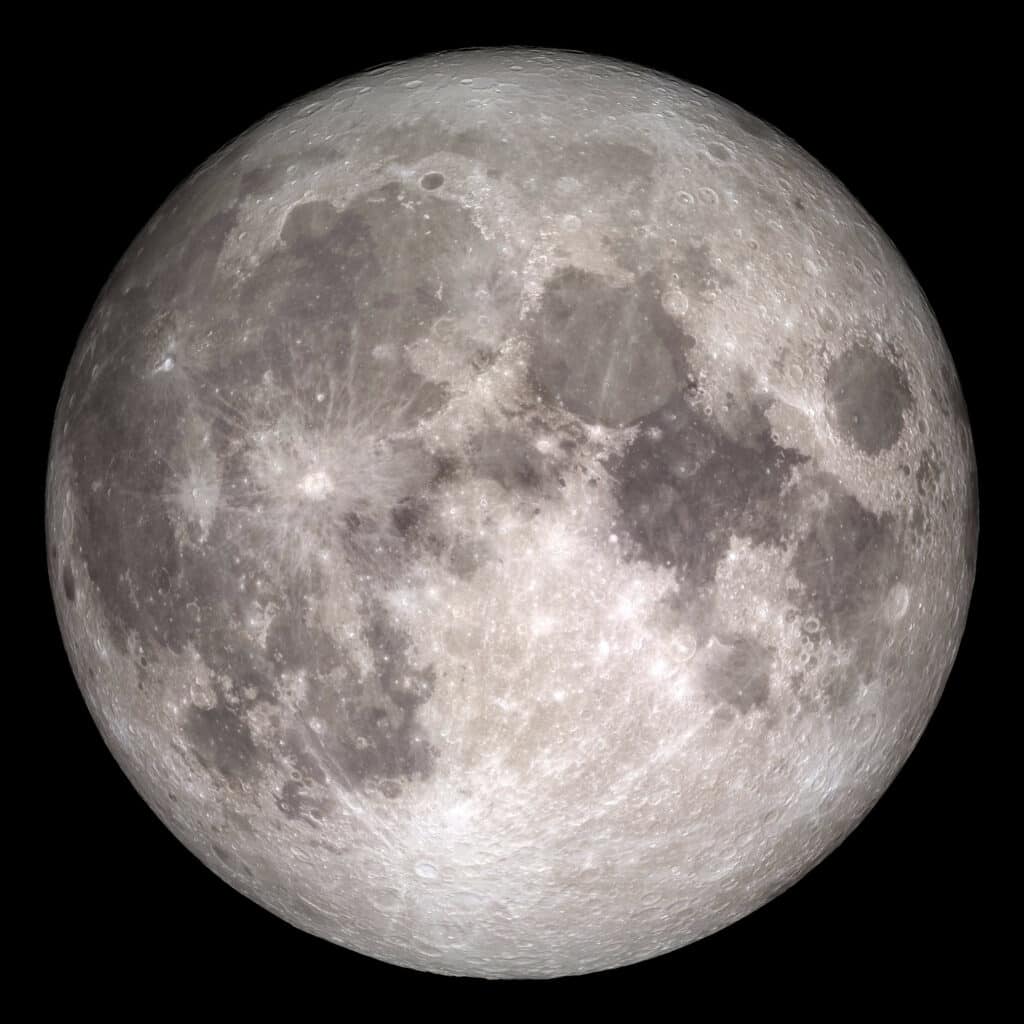Articles
New Trend in Remote Storage with a Location We Didn’t Expect!
Cloud storage has quickly become the preferred method of data storage and services like DropBox and Google Drive are everywhere. However, a new method of data storage is emerging. Moon storage is quickly becoming the number one plan for the future of data storage. More and more businesses have been investing in projects to research this innovative method and the feasibility of moving their data centers to the Moon.
Moon storage has been gaining ground due to its many benefits not only for different corporations who currently rely on cloud storage, but also to the average consumer who utilizes cloud services. Businesses that can afford to move their data centers to the Moon will save money in the long run. Land and building expenses will be heavily reduced because of the space available, and companies will also benefit from fewer taxes due to the fact that no portion of the moon is privately owned by any nation, thereby eliminating licensing, taxes and other administrative overhead.
Relocating data storage to the Moon will also help to prevent against natural disasters and malicious human activity, protecting against unforeseen expenses and adding to the overall security of the facility.
The Moon itself offers many advantages for the future of data storage. The almost unlimited amount of available land and vertical space offers increased capacity for storage, leading to lower costs for consumers. The Moon also has a synchronous orbit with the Earth, meaning that the same side of the Moon always faces the Earth, making it possible for data centers to maintain a constant, top-speed connection between satellites and consumer devices. This is also aided by the Moon’s thinner atmosphere allowing for less interference with communication signals and faster connection speeds.
One issue that has been slowing the development of Moon storage is the length of lunar days. One lunar night is equal to roughly two weeks on Earth, making the use of solar power difficult. Engineers have been working on developing ways to maintain the power gained during the 14 days of daytime for the two weeks of darkness that follow. Despite this setback, many top tech companies are hoping to integrate Moon storage into their businesses by 2020.
Before you choose a new location to store your data, feel free to talk to Run Networks and confirm your options truly exist first of all, and secondly are a good option for you.



